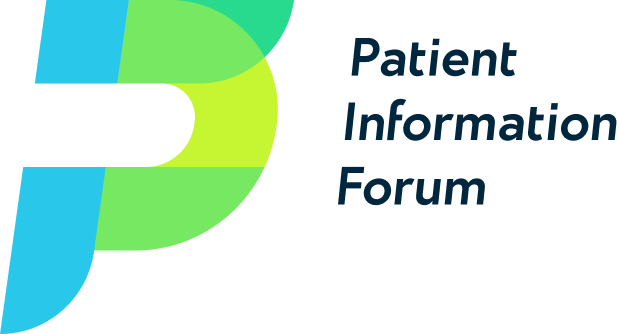Explaining the role of patient data in guidance
Since May 2021, PIF has been part of a community of practice led by Understanding Patient Data (UPD) aiming to explain how data is used to inform health information guidance. It is hoped the project will improve patient engagement and trust in health information.
The project has generated evidence on the ‘right moments’ to explain data use, building on UPD’s 2020 How to Talk About Data research. That project highlighted condition-specific websites as important sources of information.
Several national health charities were part of the UPD community of practice, reviewing their health information and designing updates. The changes were kept deliberately small.
In Autumn 2021 an evaluation framework for the project was developed in collaboration with Rocket Science. This allowed UPD to evaluate whether lots of small pieces of information, in a context that’s relevant to the individual, can have an impact.
The final report into the project was published in July 2022. You can read it in full here.
In this blog, Grace Annan-Callcott, programme adviser at Understanding Patient Data, tells us more about the project.
A scorecard to help organisations assess how they are explaining patient data has also been developed. It is available to download below.
As a result of our involvement, PIF has updated our Communicating Risks, Benefits and Uncertainties guidance and produced a short guide to patient data for members of the public.
Health information scorecard
Adding short explanations about the way patient data is used to develop health information can have a positive impact on the readers’ perception of the health advice. These small changes can also help increase people’s understanding of how data is used beyond direct care.
This scorecard is for teams that want to improve their health information by adding short references to the role of patient data.
For example, instead of: “1 in 2 people will develop some form of cancer during their lifetime”, a piece of guidance might say: “Based on NHS data collected from people’s medical records, 1 in 2 people will develop …”.
The scorecard was developed during research by Understanding Patient Data, which indicates that these kinds of small tweaks can have a substantial impact on people’s reaction. It is best used alongside the findings from the research.
| Theme | Standard | Y | N |
| Inclusion of patient data | Patient data is included in the information | ||
| The source of patient data is cited following, or introducing, the guidance or health information e.g. "this work uses data provided by patients and collected by the NHS as part of their care and support" | |||
| Content | Term 'patient data' is used | ||
| It is clear that data used relates to people | |||
| Data used is relevant to the topic | |||
| Explanations are clear, concise and in plain English | |||
| There are links or sources of further information readers can go to, describing how their data is used beyond individual care | |||
| Communication/prominence | The use of patient data is cited throughout (i.e. not appended or end noted) | ||
| How patient data is used to inform the guidance is explained within the text | |||
| Complex data is explained as it is cited | |||
| Pertinent points are highlighted or summarised | |||
| Availability | Clear explanation that data from people has been used in developing the health information is available at key patient junctures (e.g. in treatment start, completion, or points of change) | ||
| Health information citing patient data is available in different formats including electronically, large print, and other accessible formats |

Scorecard resource
This scorecard is for teams that want to improve their health information by adding short references to the role of patient data. Download now.
PIF/UPD Scorecard
